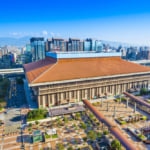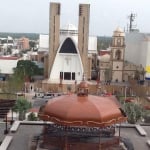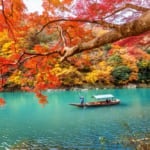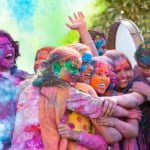Photo by Moab Republic/Shutterstock
A Guide to Mexico’s Fascinating Day of the Dead Festival
Mexico's Day of the Dead is one of the country's grandest celebrations. In 2008 it was declared a UNESCO Intangible Cultural Heritage, and proudly carries on a tradition going back thousands of years. Despite the spooky name, the holiday is a cheerful one, celebrated with public contests of wit, musical performances, colorful candies and bright yellow flowers. With its ancient Aztec history and fun modern festivities, the Day of the Dead is one Mexican holiday that's worth the trip to experience.
table of contents
[x] close
A Guide to Mexico’s Fascinating Day of the Dead Festival
History of the Day of the Dead

Photo by DAVID PANIAGUA GUERRA/Shutterstock
The Dead of the Dead as it is known today predates Spain's colonization of the South American continent. Thousands of years ago, Aztec cultures held festivals in honor of the goddess of the dead during early summer. These festivities were eventually linked to the Christian holidays All Saints' Eve (otherwise known as Halloween), All Saints' Day and All Souls' Day.
Like the Aztec holiday, these three days are also dedicated to remembering and honoring the dead. While in the modern era most people think of Halloween as a night to eat candy and dress up in costumes, October 31st, November 1st and November 2nd are still known and respected by many Christians as the Allsaintstide. Due to this Christian influence, the date of the Day of the Dead was moved to November.
Day of the Dead Traditions
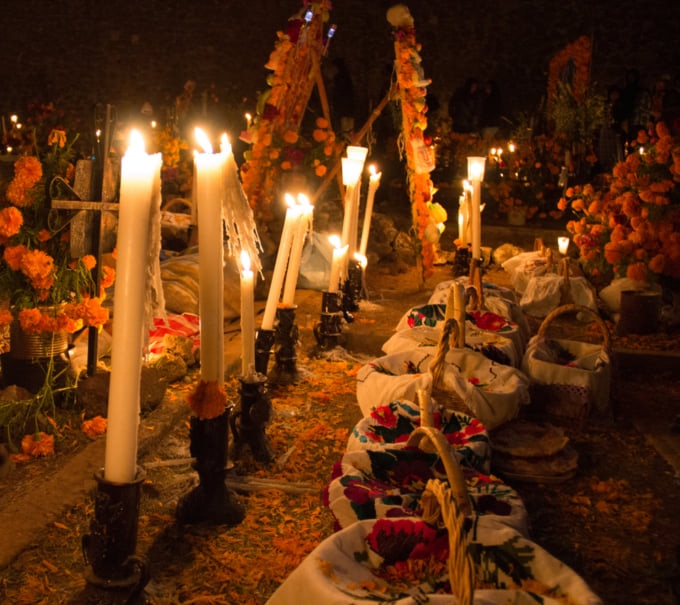
Photo by Auribe/Shutterstock
While the public Day of the Dead holiday is officially November 2nd, festivities typically last three days and preparations much longer. Families visit the graves of their deceased loved ones and decorate altars (ofrendas) with flowers and photos. They also place favorite foods and keepsakes of the departed on the altar, hoping to entice loved ones to come back to the land of the living for a visit. The air is filled with the scent of marigolds, since the bright petals and strong fragrance of this flower make it the traditional choice for the festival.
These private celebrations happen simultaneously with public festivals. At a typical Day of the Dead festival, you'll find food stalls selling traditional snacks and skull-shaped candies, musical performances by local artists and hoards of festival-goers with faces painted like skulls. In some places, like San Miguel de Allende, candlelit parades are held in the dark, while in the capital city of Mexico, local businesses sponsor alebrijes sculptures and floats. In traditional Mexican culture, these striking, colorful figures have the power to cross between the realms of the dead and the land of dreams.
Of Skulls and the Dead

Photo by Natalia Esch/Shutterstock
In modern Day of the Dead celebrations, skulls are the most popular motif. An illustrator known as José Guadalupe Posada Aguilar is credited with the skull's rise in popularity. Born in 1852, Aguilar's works are filled will skeletons and bones, but his most well-known work is La Calavera Catrina - The Posh Skull. The drawing itself depicts the skeleton of a Mexican woman wearing nothing but an absurdly large and ornate hat. The etching was quickly adopted as an icon of the Day of the Dead holiday, and fanciful skulls and skeletons in colorful dresses - nicknamed La Calavera Catrina - have been a symbol of the holiday ever since.
Food of the Dead
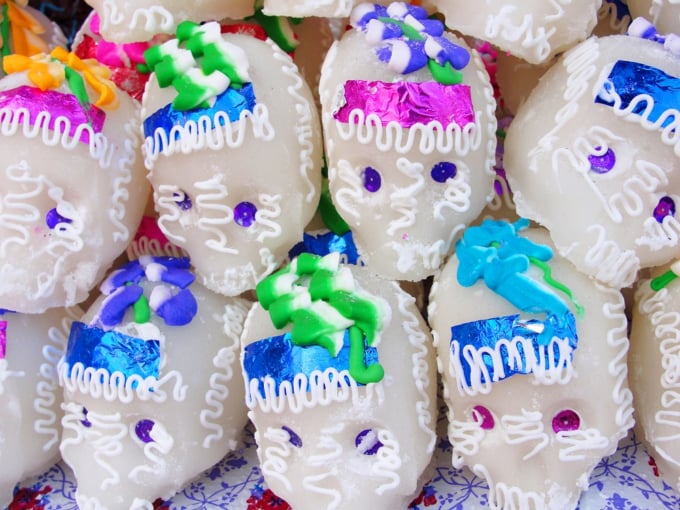
Photo by Silvia Vargas/Shutterstock
Sugar skulls are a symbol of the Day of the Dead. These molded treats are usually painted with edible dyes and decorated with thick icing to create ornate flowers and other features. Sugar skulls began as a representation of the vigor and energy of the deceased during the holiday. Bakers also begin cooking up batches of pan de los muertos, or 'bread of the dead', weeks in advance. These Mexican sweet rolls are dusted with sugar and decorated with dough or icing molded to resemble finger bones.
Where to Celebrate the Day of the Dead
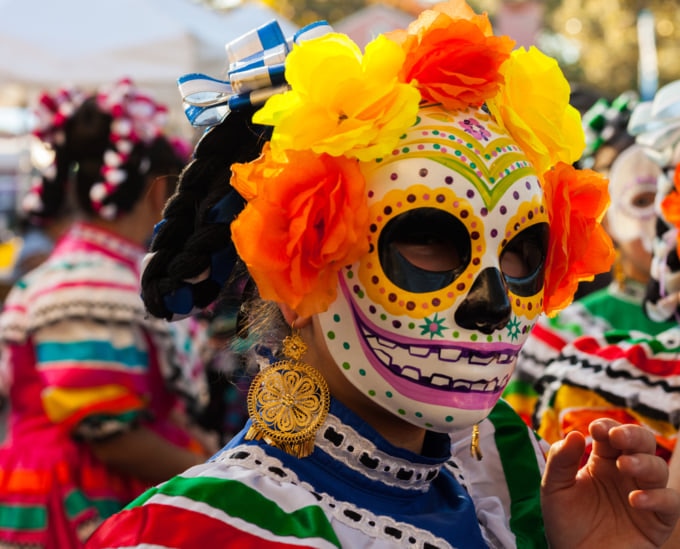
Photo by Moab Republic/Shutterstock
The Day of the Dead is a national holiday in Mexico and celebrated virtually everywhere. Join the throngs of revelers in Mexico City, where you'll be treated to every kind of entertainment imaginable. Or head to Zozocolco de Hidalgo for a raucous mix of old and new tradition as crowds gather around the local church to eat, dance, drink and enjoy the public performances. San Miguel de Allende's famous La Calaca festival lasts four days and offers a huge variety of celebrations. There are contests for the grandest ofrenda (altar), parades and performances by performers in skull makeup, and workshops where visitors and local can learn more about the ancient culture from which the holiday originally came.
In Conclusion
On the surface, it's a fun and colorful festival of skulls; but at its heart, the Day of the Dead is an ancient treasure that asks us to pause and remember those who have passed on, so that we can continue to honor, respect and occasionally laugh along with Death.



